Cats have woven themselves into the fabric of cities around the globe, creating unique destinations where feline culture thrives alongside human civilization. These urban havens offer travelers the chance to experience local life through the lens of our whiskered companions—from ancient alleyways filled with strays to modern cat cafés and everything in between.
Whether you’re a devoted cat parent planning your next adventure or simply someone who appreciates the charm these creatures bring to a destination, certain cities stand out for their remarkable feline-friendly atmosphere. Here is a list of 18 cities where cats aren’t just tolerated—they’re celebrated, protected, and integral to the local experience.
Istanbul, Turkey
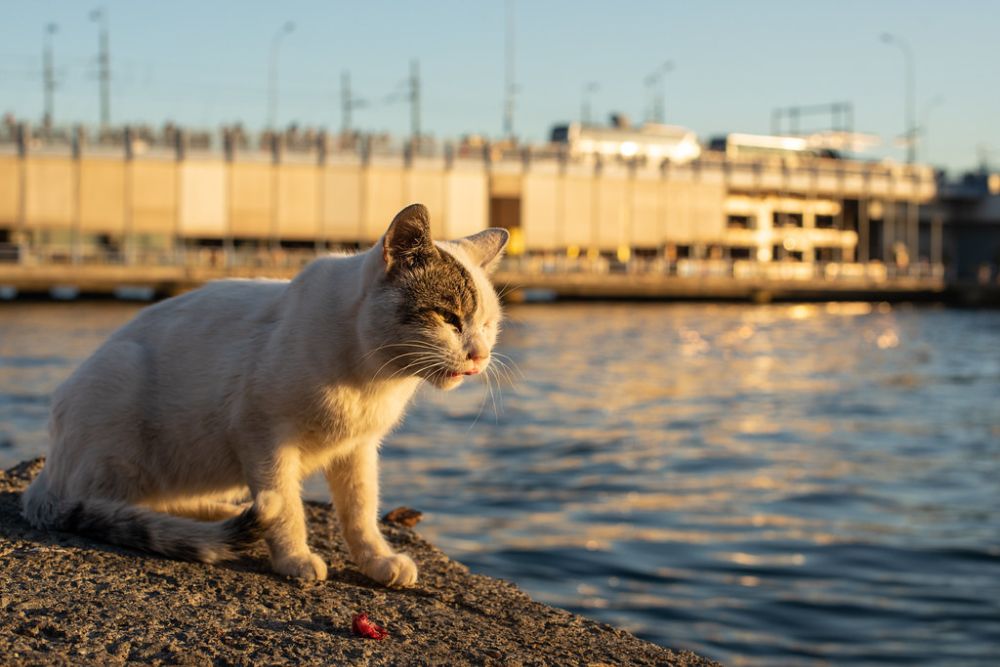
Istanbul reigns as the ultimate cat capital of the world—home to an estimated 125,000 street cats who roam freely through neighborhoods like Sultanahmet and Galata. These felines aren’t strays in the traditional sense, though. They’re community cats fed and cared for by locals who consider them an integral part of the city’s soul.
You’ll find cats lounging in the Hagia Sophia, napping in the Grand Bazaar, and even riding the ferry across the Bosphorus.
Tokyo, Japan
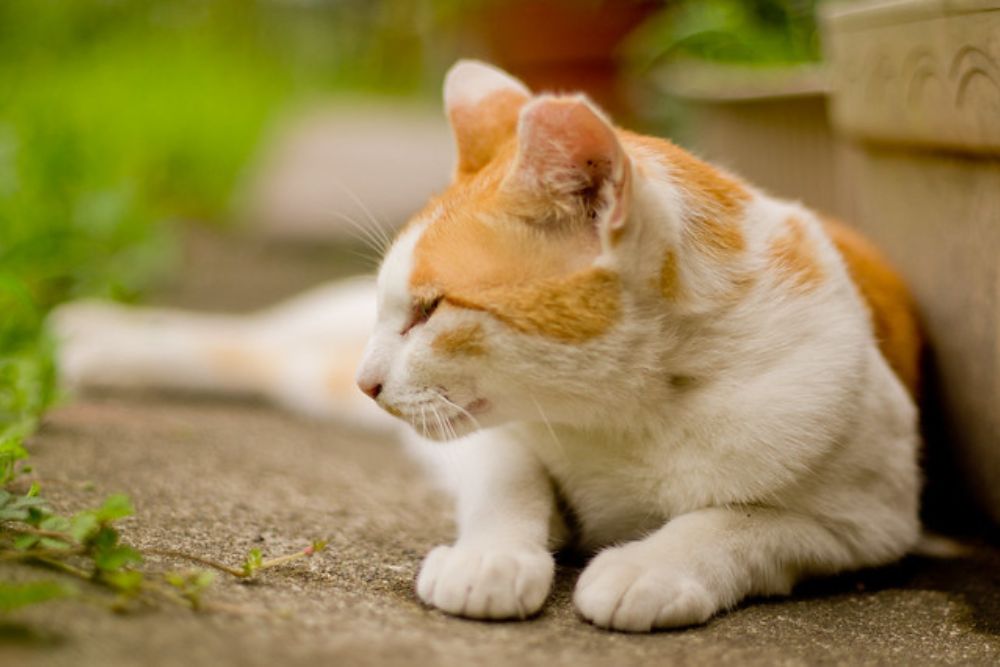
Tokyo takes cat appreciation to an art form with over 150 cat cafés scattered throughout districts like Shibuya and Harajuku. Yet the city’s love affair with felines extends far beyond cafés—cat-themed items dominate here, from hotels to temples to entire neighborhoods, such as Yanaka, where cats outnumber tourists.
Japanese philosophy views cats as symbols of good fortune, which makes encounters with them a genuinely welcomed part of daily life.
Like Travel Pug’s content? Follow us on MSN.
Rome, Italy
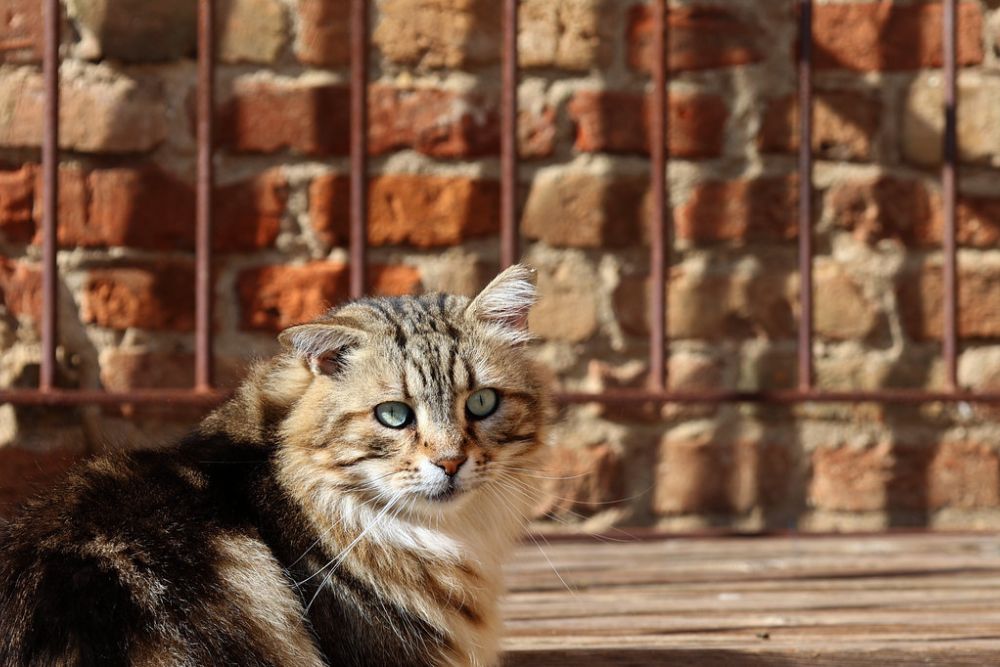
The Eternal City hosts one of the world’s most famous feline populations at the Largo di Torre, Argentina, where hundreds of cats live among ancient Roman ruins. Local volunteers have transformed this archaeological site into a sanctuary while visitors can observe cats lounging where Julius Caesar once walked.
The contrast between 2,000-year-old stones and modern cat care creates a uniquely Roman experience that’s both surreal and charming.
Amsterdam, Netherlands
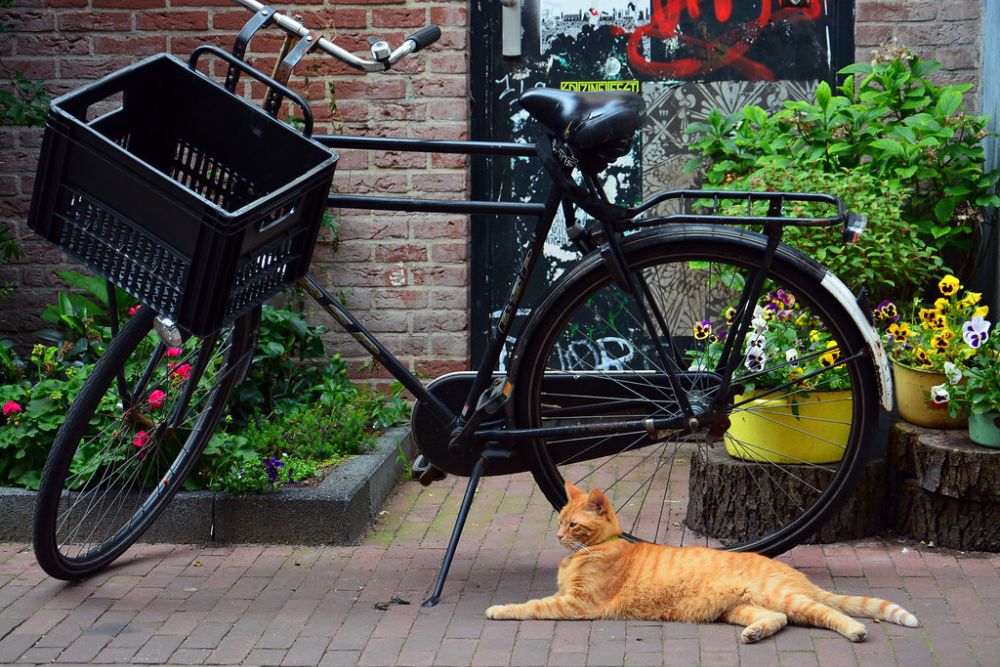
Amsterdam’s canal-lined streets provide perfect hunting grounds for the city’s estimated 200,000 cats—many of whom have become local celebrities in neighborhoods like Jordaan. The Dutch approach to cat welfare includes innovative programs, such as ‘cat boats,’ floating shelters known as the Poezenboot, which provide refuge for stray and abandoned cats rather than cruising the canals.
Multiple cat cafés and the famous Poezenboot (Cat Boat) make Amsterdam a paradise for feline enthusiasts who can’t get enough of these canal-cruising kitties.
Kotor, Montenegro
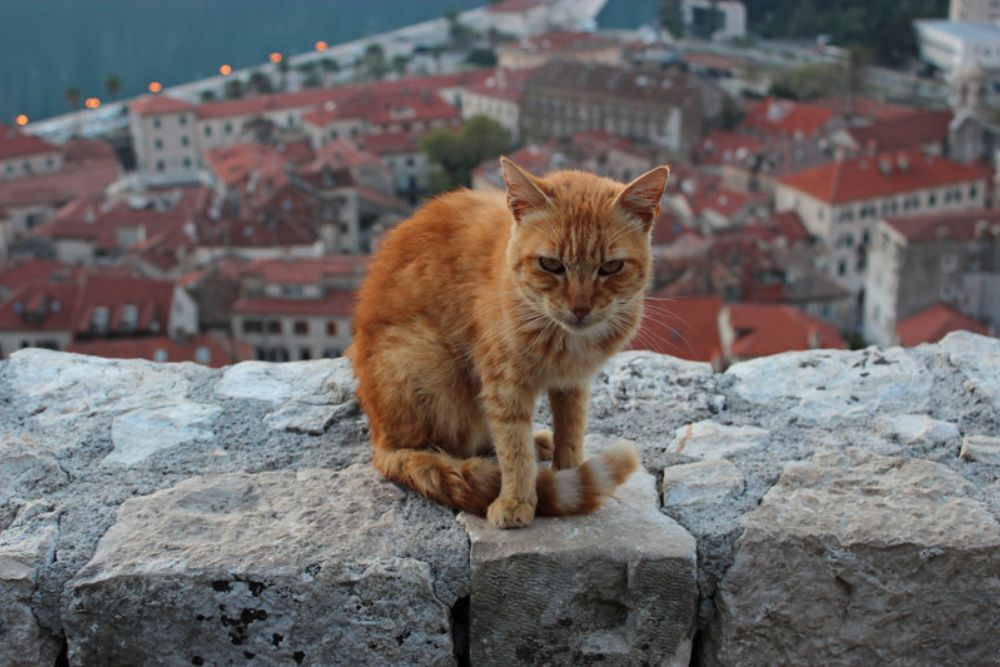
Medieval Kotor’s winding stone streets serve as highways for hundreds of cats who’ve made this UNESCO World Heritage site their home. Residents have organized feeding stations throughout the Old Town, though many cats have also become unofficial greeters at restaurants and shops.
The ancient walls and hidden courtyards provide perfect hiding spots—plus prime sunbathing real estate for these Adriatic felines.
Like Travel Pug’s content? Follow us on MSN.
Santorini, Greece
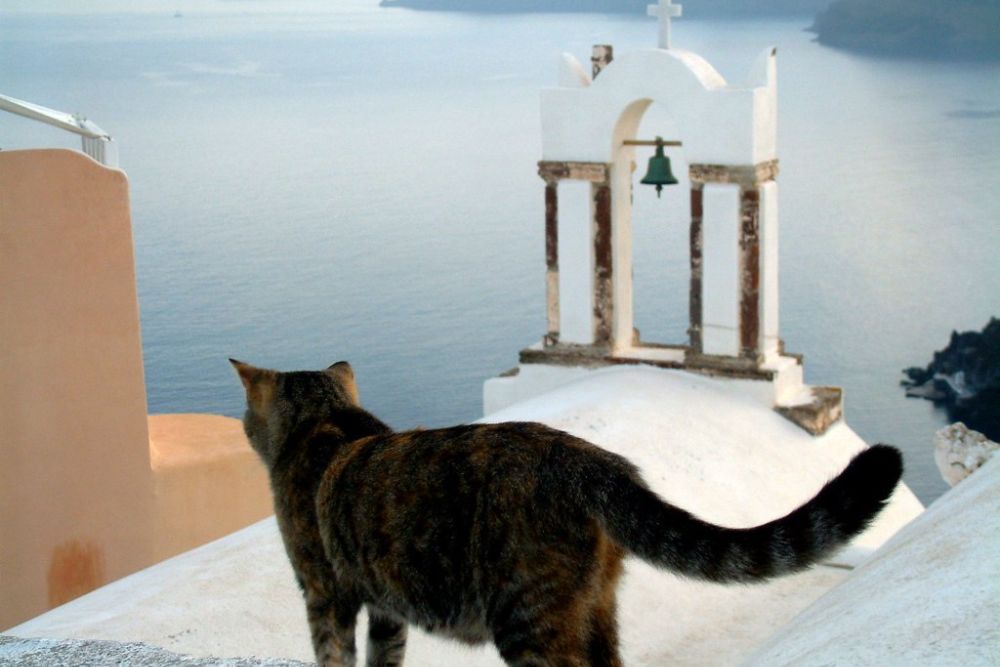
The dramatic cliffs and blue-domed churches of Santorini provide a stunning backdrop for the island’s confident cat population. These Mediterranean cats have adapted remarkably well to tourist life, often posing for photos while maintaining their independent Greek spirit.
Many tavernas in Oia and Fira have resident cats who’ve become part of the dining experience—lounging on terraces with million-dollar sunset views.
Valletta, Malta
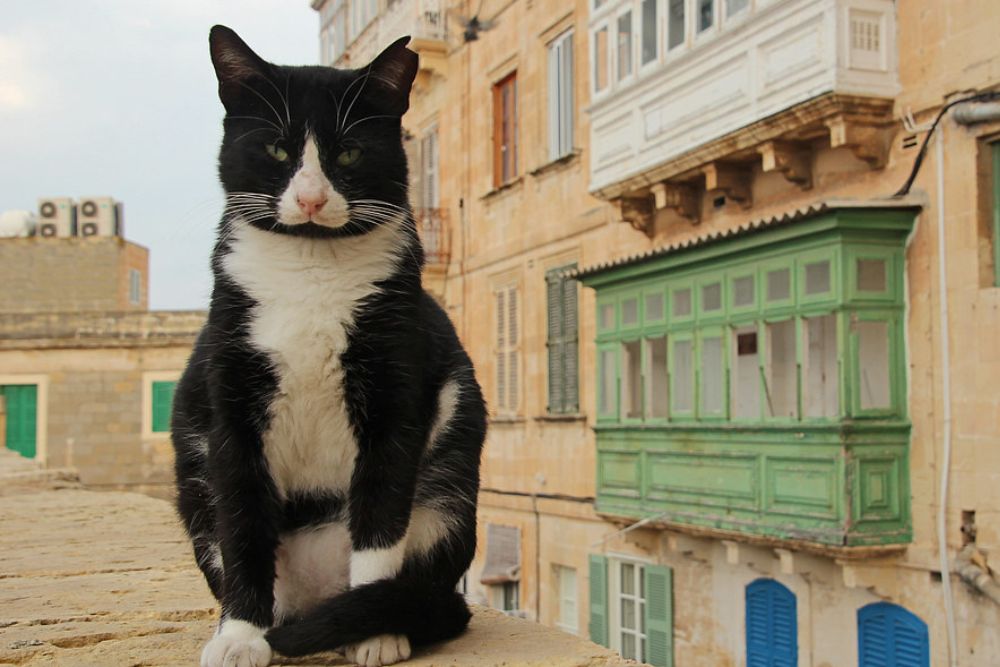
Malta’s compact capital city packs serious cat charm into just 0.24 square miles—with felines ruling the limestone streets and baroque buildings. The Maltese have a deep cultural connection to cats, believing they bring good luck. Many of Valletta’s cats are semi-adopted by local shopkeepers.
The city’s car-free areas and numerous sunny piazzas create perfect cat-watching opportunities for visitors who know where to look.
Dubrovnik, Croatia
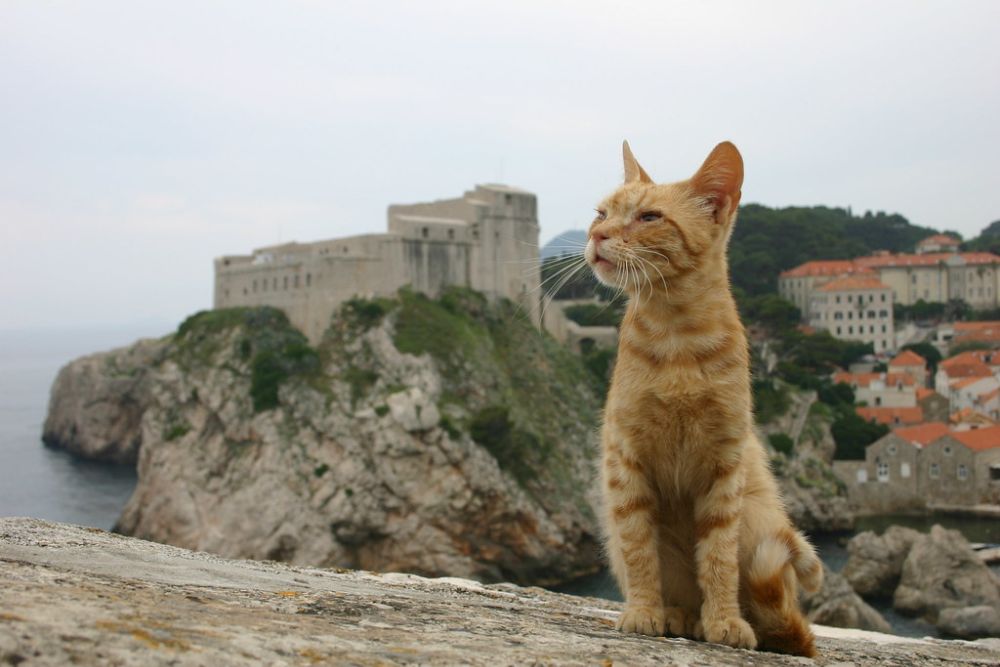
The ‘Pearl of the Adriatic’ sparkles with more than just medieval architecture—its marble streets are home to confident cats who’ve learned to navigate crowds of tourists with remarkable skill. These Croatian cats often gather near the fish market and restaurants, where locals ensure they’re well-fed throughout the year.
The contrast between Game of Thrones filming locations and lounging cats creates uniquely memorable photo opportunities that tourists never expect.
Like Travel Pug’s content? Follow us on MSN.
Marrakech, Morocco
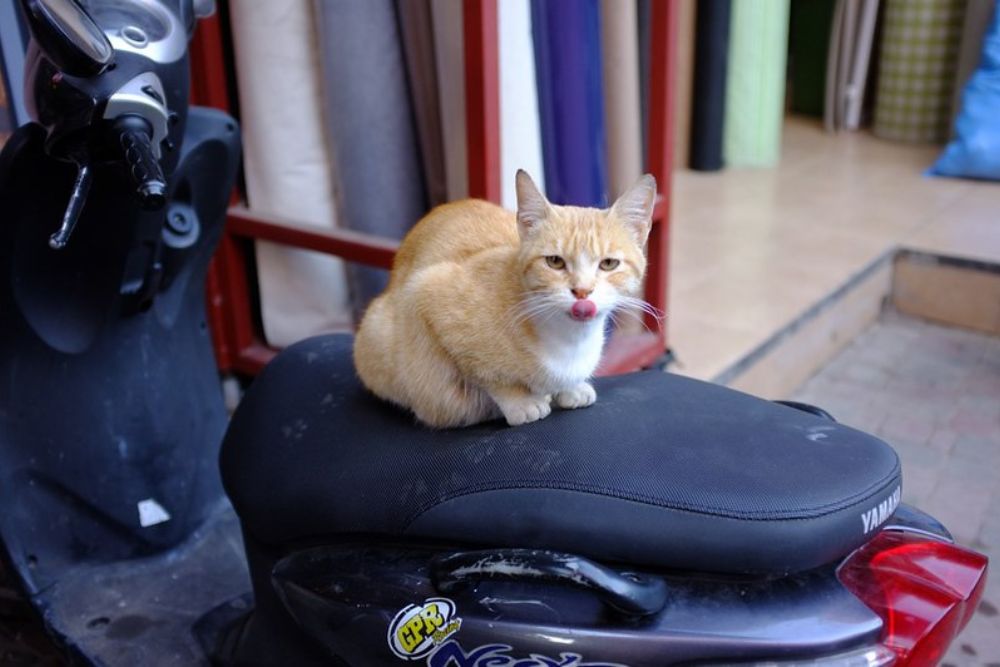
The labyrinthine medina of Marrakech pulses with feline energy as cats navigate the souks, riads, and hidden courtyards with the confidence of seasoned locals. Moroccan culture views cats favorably since they’re considered clean animals in Islamic tradition, leading to widespread acceptance and care.
These North African cats have mastered the art of finding cool spots in a desert city, often discovered napping in the shade of ancient palaces.
Reykjavik, Iceland

Iceland’s capital proves that cats thrive even in Arctic conditions, with an estimated 20,000 felines calling this Nordic city home. Reykjavik cats have adapted to long winter nights and brief summer days, often spotted warming themselves near the city’s geothermal areas.
The city even has a ‘cat patrol’ program where residents voluntarily monitor neighborhood felines, creating a community-wide safety net that’s both practical and heartwarming.
Edinburgh, Scotland
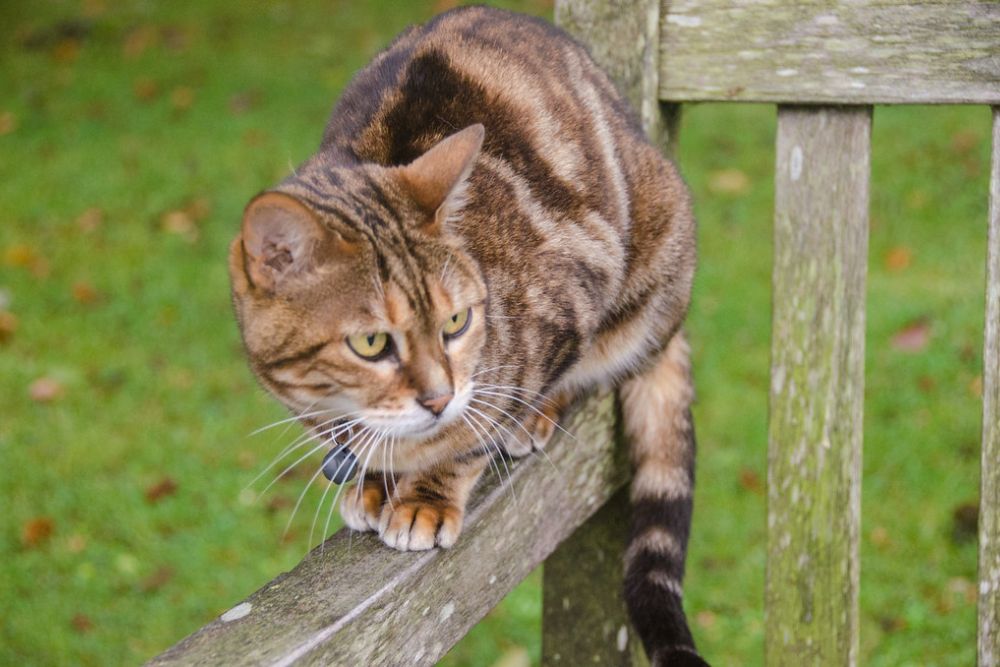
The Scottish capital’s ancient closes and wynds provide perfect territory for cats who’ve learned to navigate cobblestones and stone steps with Highland agility. Edinburgh’s literary heritage includes several famous bookshop cats, while the city’s Royal Mile often features felines who seem to understand their role in this historic setting.
Local pubs and shops frequently have resident cats who’ve become beloved fixtures in their neighborhoods.
Like Travel Pug’s content? Follow us on MSN.
Lisbon, Portugal
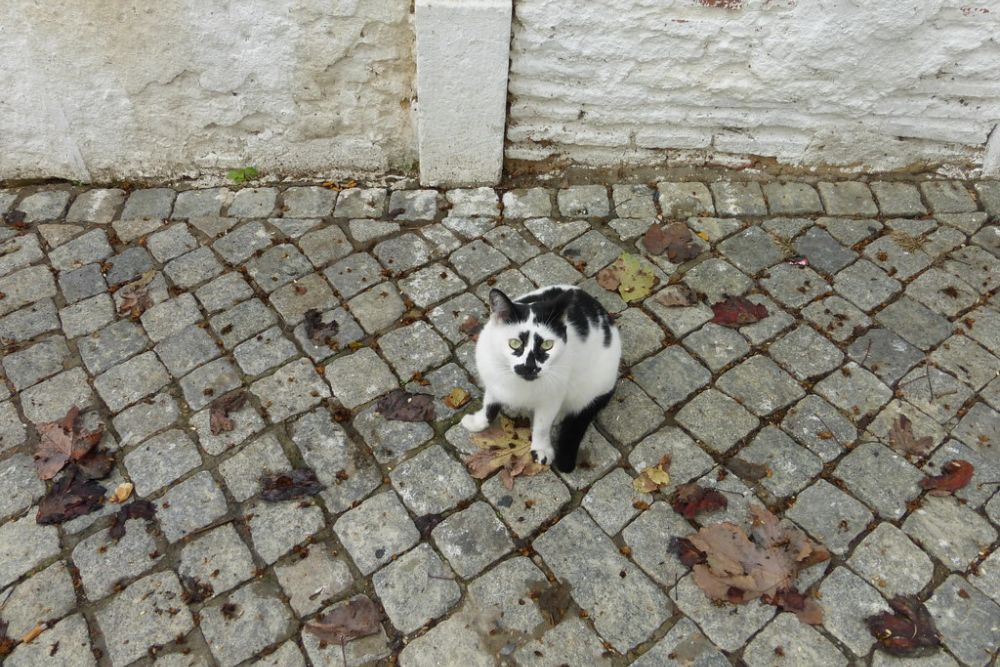
Lisbon’s seven hills create a vertical playground for cats who’ve mastered the art of navigating steep streets and ancient staircases. The city’s famous yellow trams share their routes with confident felines who know exactly when to step aside.
Portuguese culture welcomes these urban cats, with many neighborhood restaurants and cafés providing regular meals and safe spaces for their four-legged neighbors.
Buenos Aires, Argentina
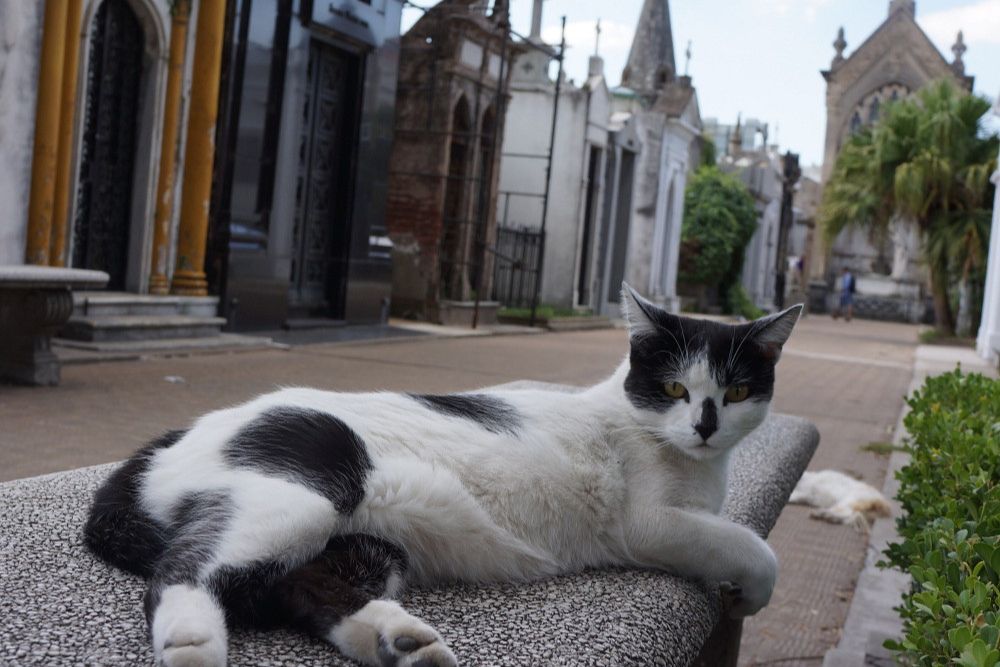
The vibrant neighborhoods of Buenos Aires, from San Telmo to Palermo, host a thriving cat culture where tango dancers and felines share the same passionate spirit. Argentine cat lovers have established numerous rescue organizations and feeding programs throughout the city.
These South American cats have adapted to late-night culture, often seen prowling the streets during Buenos Aires’ famous nightlife hours when the city truly comes alive.
Tel Aviv, Israel

This Mediterranean metropolis has earned recognition for its progressive animal welfare policies and its thriving population of street cats. Tel Aviv’s year-round warm weather creates ideal conditions for outdoor cats, many of whom have become neighborhood celebrities.
The city’s beaches, markets, and café culture all accommodate felines who’ve learned to coexist with both locals and the constant stream of international visitors seeking sun and culture.
Like Travel Pug’s content? Follow us on MSN.
Kyoto, Japan

Japan’s ancient capital elevates cat appreciation to spiritual levels, with temple cats who seem to embody Zen philosophy through their serene presence. The historic Gion district and the bamboo groves of Arashiyama provide mystical settings where cats seem to move like living meditation guides.
Kyoto’s traditional architecture, featuring hidden gardens and wooden structures, creates numerous cat-friendly nooks that visitors discover throughout their stay.
Stockholm, Sweden

Sweden’s capital exemplifies Scandinavian efficiency in cat care through comprehensive welfare programs and cat-friendly urban planning, which includes safe crossing areas and shelter stations. Stockholm’s archipelago location means many cats have learned to coexist with waterfront living, often spotted near harbors and ferry terminals.
The city’s long summer days provide extended opportunities for cat-watching in parks and along the picturesque Gamla Stan (Old Town).
Prague, Czech Republic
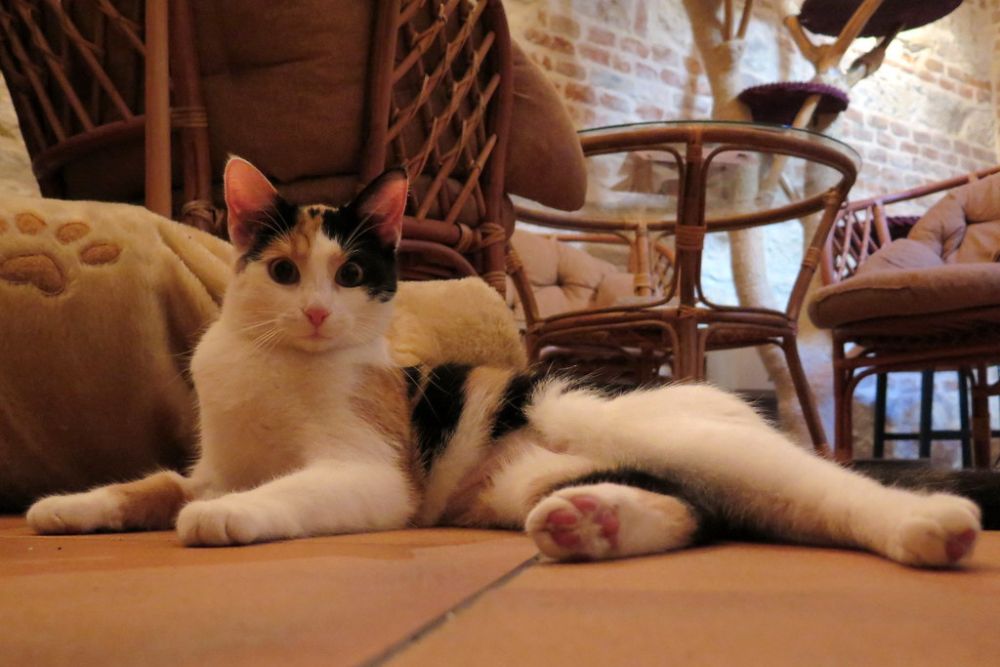
The fairy-tale architecture of Prague creates a storybook setting where cats roam through castle courtyards and along the Vltava River like characters from a medieval legend. Czech culture has long included cats as important household members, a tradition that extends into public spaces throughout the city.
The famous Prague Castle complex and Charles Bridge both host regular feline visitors who’ve become part of the tourist experience.
Like Travel Pug’s content? Follow us on MSN.
Chania, Greece
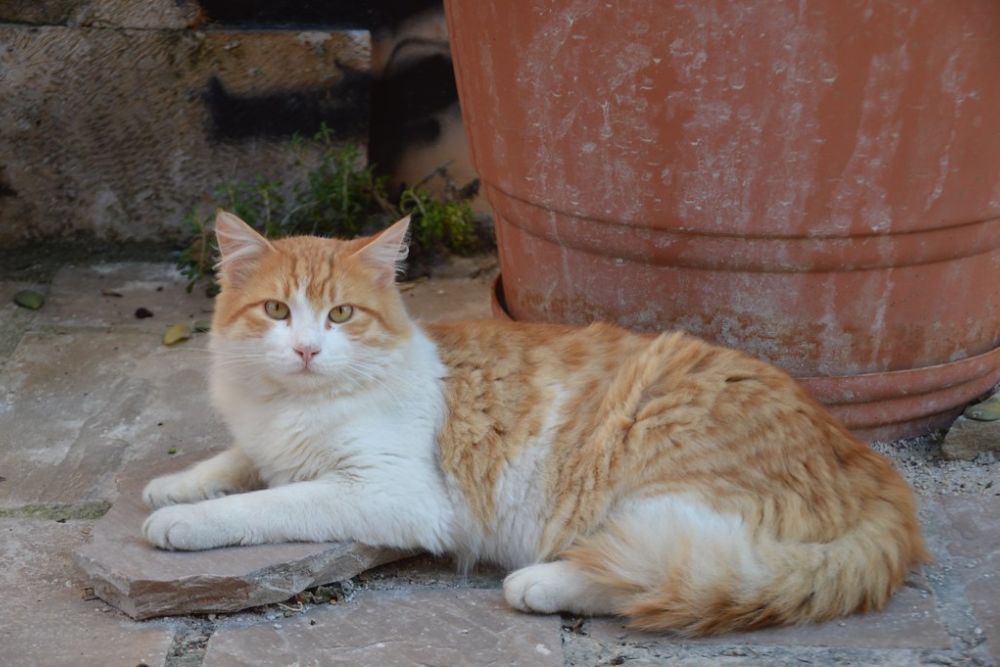
This Venetian harbor town on Crete combines Greek island charm with serious cat culture, where Mediterranean felines rule the waterfront tavernas and narrow alleys. The cats of Chania have perfected the art of seafood appreciation, often gathering near fishing boats and restaurants that serve the day’s catch.
Local tradition holds that cats bring good fortune to businesses, leading to widespread acceptance and care throughout this picturesque Cretan city.
From Ancient Companions to Modern Ambassadors
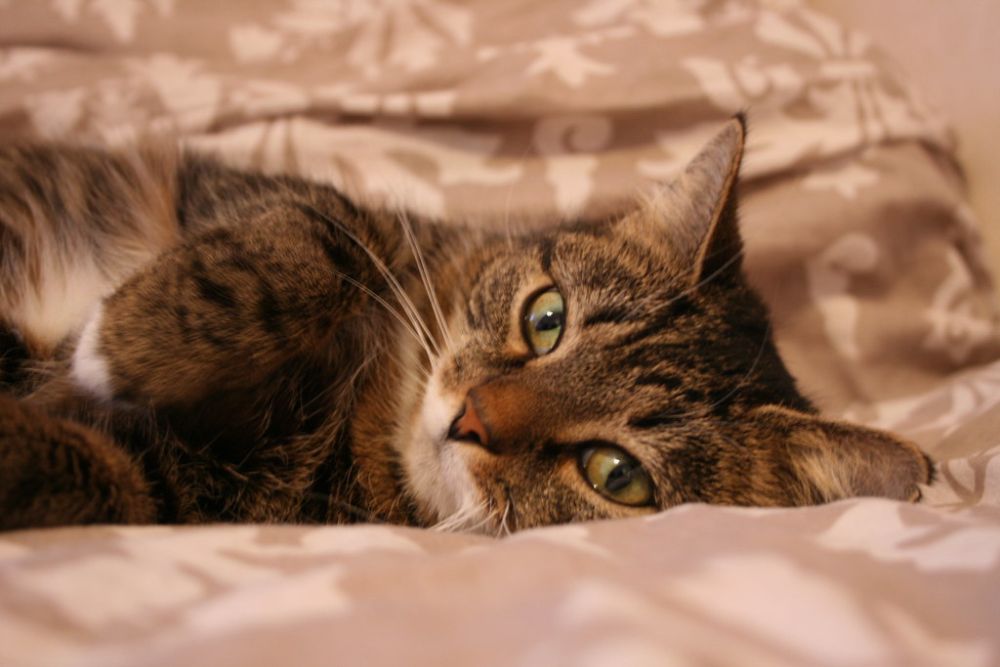
These cities show that the human and cat relationship does not lie within any specific culture, but in them, one can find places where tourists can witness this historical bond in modern-day environments. From Istanbul’s community-maintained street cats to Tokyo’s high-tech cat cafés, every place presents a different view of how feline society works in an urban landscape.
The cities that welcome their cat populations tend to find these furry residents turn out to be surprised tourist ambassadors, bringing warmth and personality that no advertising campaign could match. As urban development increasingly considers the merits of having animal-friendly spaces, these cat-friendly locations indicate a future in which cities reap the rewards from welcoming all their residents, two-legged and four-legged alike.
More from Travel Pug

- 20 Best Beach Towns in the Carolinas
- 13 Destinations Where Tourists Regularly Regret Their Trip
- 20 Things You Actually Get in First Class
- 20 Small Airports With Aviation Museums
- 20 Places in the U.S. That Are Perfect for a Reset Trip
Like Travel Pug’s content? Follow us on MSN.
